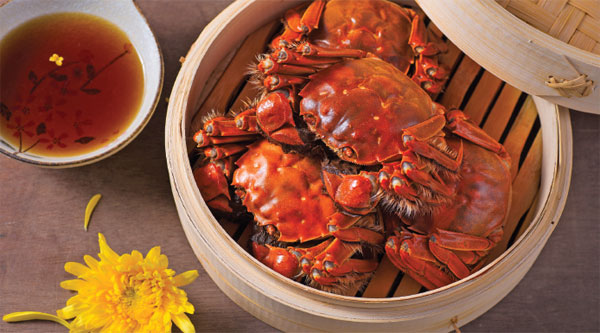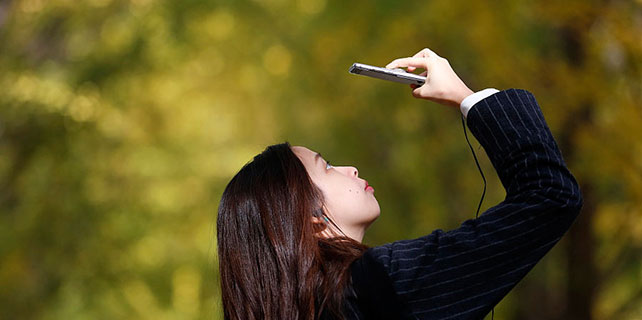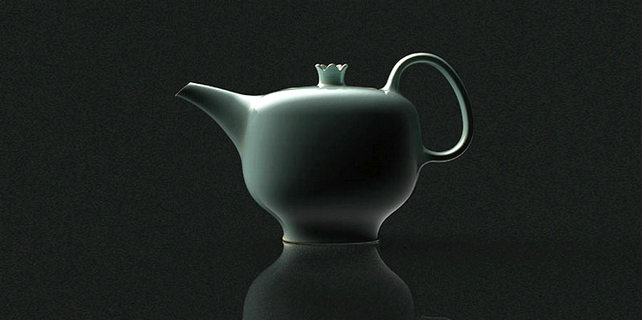Crazy for hairy crabs
Editor's Note: China is divided into as many culinary regions as there are different ethnic groups. Its geographical diversity and kaleidoscopic cultural profiles contribute to the unending banquet of flavors.
In the Chinese ninth and tenth lunar months, a little creature becomes the talk of the town. Among gourmands and gourmets, there will be serious discussions on the best vendors and the best chefs, all of whom will contribute to a successful feasting on crabs.
Hairy crabs, the Chinese mitten crab Eriocheir sinensis, comes into season around the middle of autumn right through to the end of November.
These freshwater crabs have a unique characteristic. Both claws are densely covered with what looks like fur, justifying their name. The best crabs supposedly come from Yangcheng Lake near Suzhou, where the clean water, sandy lake bottom and plentiful weeds create an ideal environment for the infant crustaceans.
|
The most common way of cooking is to simply steam the crabs, but there are strict procedures to follow. Photos Provided to China Daily |
But they are native to fresh waterways all around the eastern seaboard of China, where they are known as hexie, or river crabs.
They are not large like mud crabs or deep-sea blue swimmers. The largest may only weigh in at 200 to 250 grams, and if they grow to that size, their value soars.
There is not much meat on them, either. But when the autumn moon shines bright, the hairy crabs start thinking about romance and they plump up with roe and milt.
Unfortunately for them, their roe and milt are considered extremely tasty, and it is for these delicate mouthfuls that the mitten crabs are harvested annually and sold at premium prices.
Of course, no Chinese chef would ever waste an ingredient, and their meat, too, is carefully extracted and enjoyed in little steamed buns and a whole repertoire of dishes that are pushed out during the hairy crab season.
Hairy crabs have become valuable seasonal gifts in recent years, and wholesalers have taken to selling coupons and gift certificates. These certificates are convenient presents instead of live crabs, which are easily perishable.
Instead, the appreciative recipient can choose an appropriate time for the precious crabs to be delivered, when they can immediately be steamed and eaten to maximize their freshness.
Yangcheng Lake crabs are under a protected patent, and every crustacean has a traceable marker with a serial number. Interested buyers can scan the codes and find out which farmer raised the crab, and where.
These designer crabs can sell for as much as 200 yuan ($30; 26 euros; £23) a pair, since they are normally eaten together, first for the roe, then for the milt.
The most common way of cooking is to simply steam them, but there are strict procedures to follow.
The hairy crabs are always sold fresh, bound up tightly in sea grass. They are given a shower and then placed upside down on a steamer so their shells catch any juices that leak during the cooking.

Depending on regional preferences, slices of ginger or a handful of dried perilla leaves will go on top of the crabs. Some chefs may drizzle yellow wine over them. After 15 or 20 minutes over high heat, they are cooked.
The cooked crabs are then piled high on a platter and brought to the table ready for the feast. But there must be the proper garnishes and sauces, and for some, the right equipment.
In Shanghai, there is a popular set of cutlery known as xiebajian, or eight pieces of crab eating equipment, including miniature scissors, forks, pincers and hammers, all designed to pick out every juicy morsel.
Some crab lovers are so good at this that they can put together the complete crab shell intact with all the legs after extracting the meat.
The best Zhejiang black vinegar is mixed with finely shredded ginger and a little raw sugar. The crab meat is eaten with this. Hairy crabs come from freshwater, and the ginger and vinegar will offset the "chilly" effect, according to traditional Chinese medicine principles.
For the same reason, the crab feast will often include a large pitcher of the best Shaoxing wine, warmed up.
In restaurants all over China and in Chinatowns worldwide, hairy crabs are served up right about now as the season's food promotion.
Once the season is over, however, the hairy crabs will disappear from the menu, as another cycle starts with the seeding of crab larvae in the lakes and rivers.
But real aficionados have discovered a way to prolong the pleasure.
In Shanghai, at the peak of the season, chefs hunt out the fattest hairy crabs and prepare a well-loved delicacy - drunken crabs.
At the end of the pickling process is a chewy gelatinous product that retains all of the crabs' sweet flavor. And best of all, it can be enjoyed well beyond the few months that these crustaceans are sold.
paulined@chinadaily.com.cn
How to prepare the crabs
How to steam hairy crabs
Scrub the hairy crabs with their fastenings intact. Rinse well and drain.
Heat up a steamer with plenty of water. When the water comes to a boil, place the crabs in the steamer, shell side down. Place a few slices of ginger on top of the crabs. Give them a good 15 minutes over high heat. Turn off the heat, keep the lid on and rest two to three minutes.
Drunken hairy crabs
My grandfather spent much of his youth living in Shanghai and developed a love for the local cuisine. Here is his recipe for this Shanghai classic.
5 pairs of fresh hairy crabs
10 thick slices of ginger
2 sprigs of spring onions
2 fresh red chili
1 teaspoon roasted Sichuan peppercorns
2 liters quality Shaoxing wine
1 piece rock sugar Make sure all the hairy crabs are alive and blowing bubbles. Give them a good shower under running water and a thorough scrub with a soft brush. Drain.
With the back of a cleaver, bash the ginger, spring onions and chili to release their flavor.
You need an earthenware crock or large glass jar. Sterilize the container with hot water and dry thoroughly.
Place the crabs in a single layer at the bottom of the crock. Place ginger and spring onions on them. Layer with more crabs. Pour the Shaoxing wine over the crabs.
Add chili, rock sugar and roasted Sichuan peppercorns.
Make sure you weigh down the crabs so they stay submerged beneath the wine. My grandfather had several large stones that fitted on top.
Cover the crock and let the crabs pickle for at least a week. They will be ready to eat after six to seven days. The best way to serve the drunken crabs is to chill them and cut into quarters for easier eating.
The crabs will be sweet and gelatinous after the long soak in the wine and spices.
If you like, you can also steam them for 15 minutes for cooked drunken crabs.
(China Daily European Weekly 11/03/2017 page19)



















